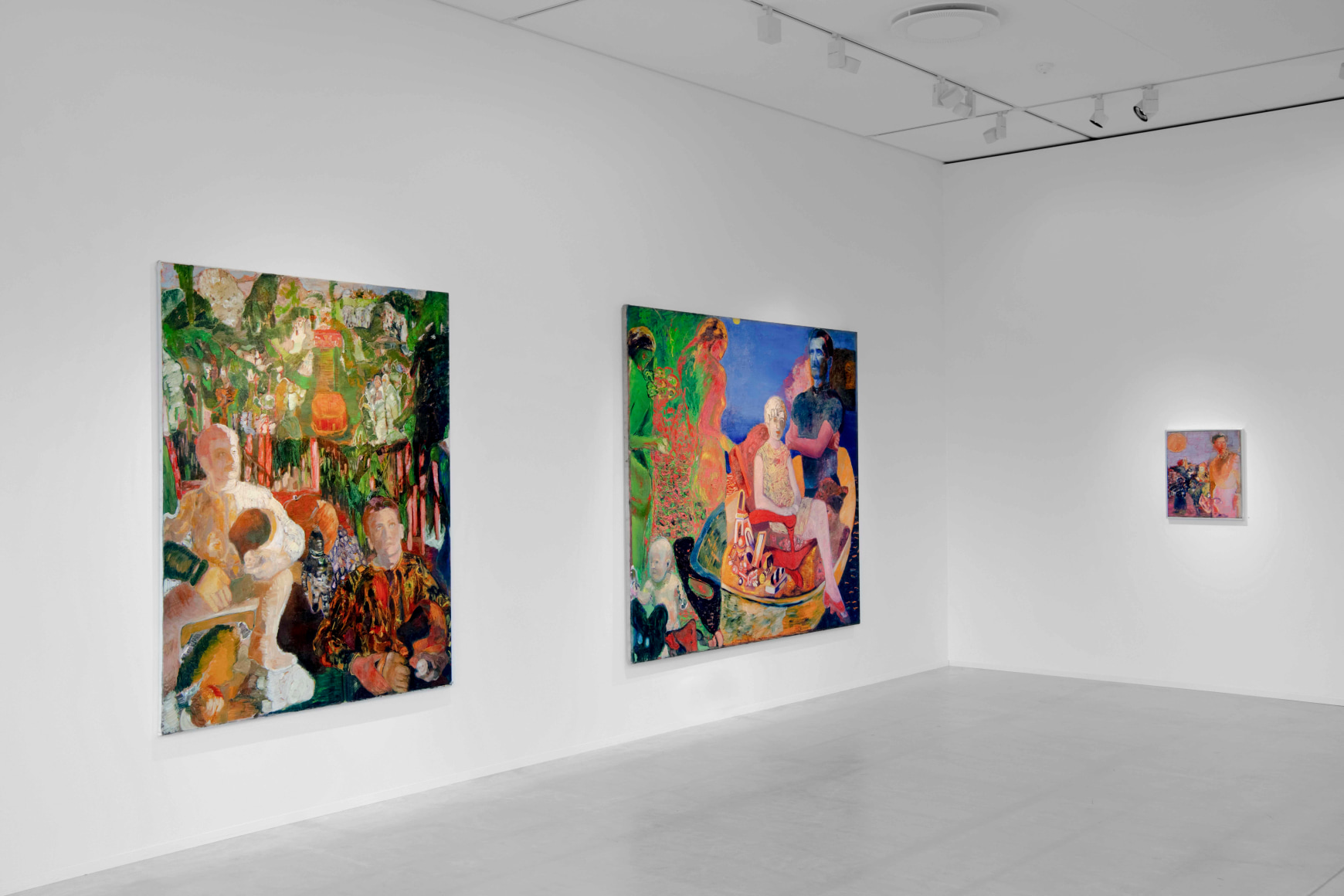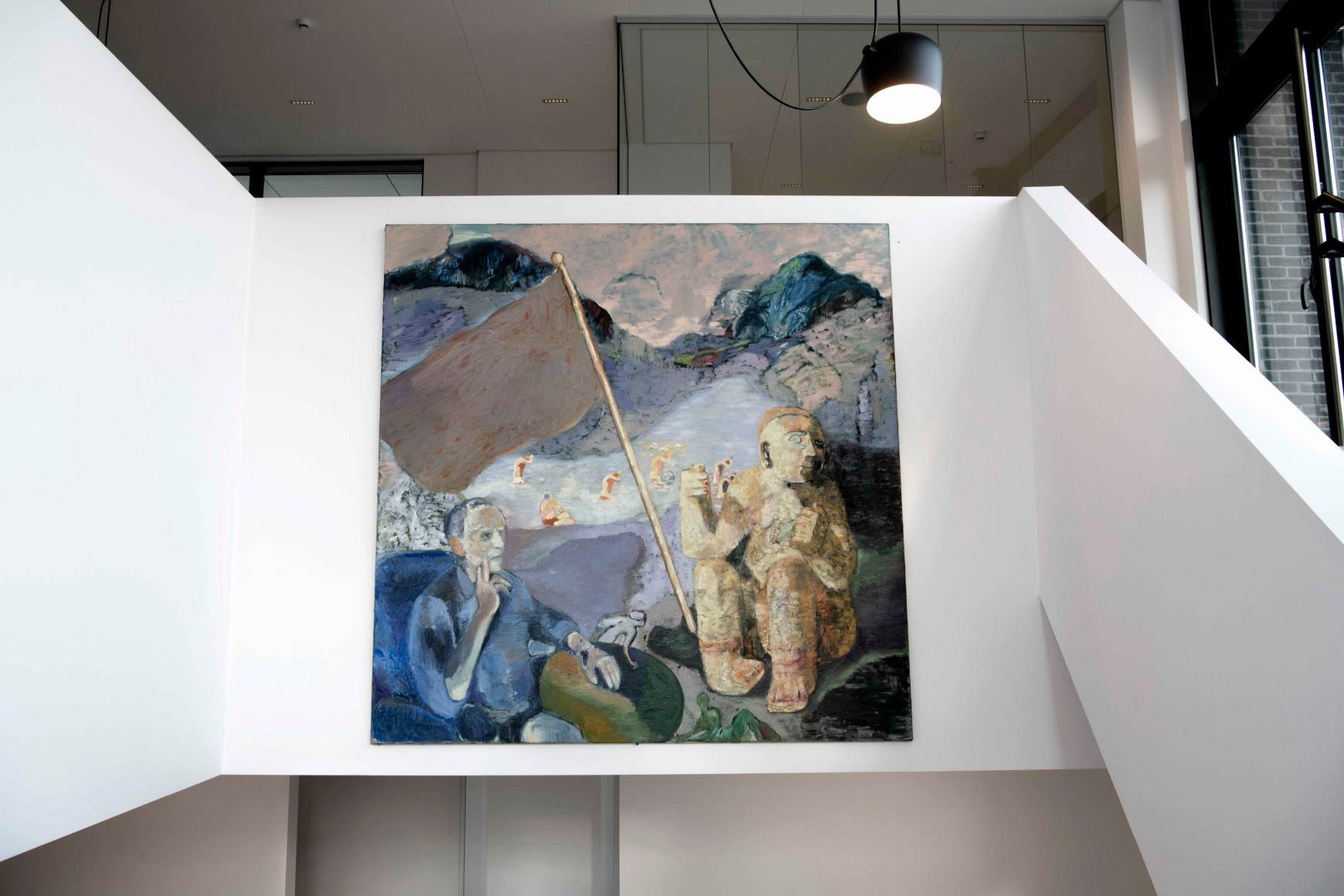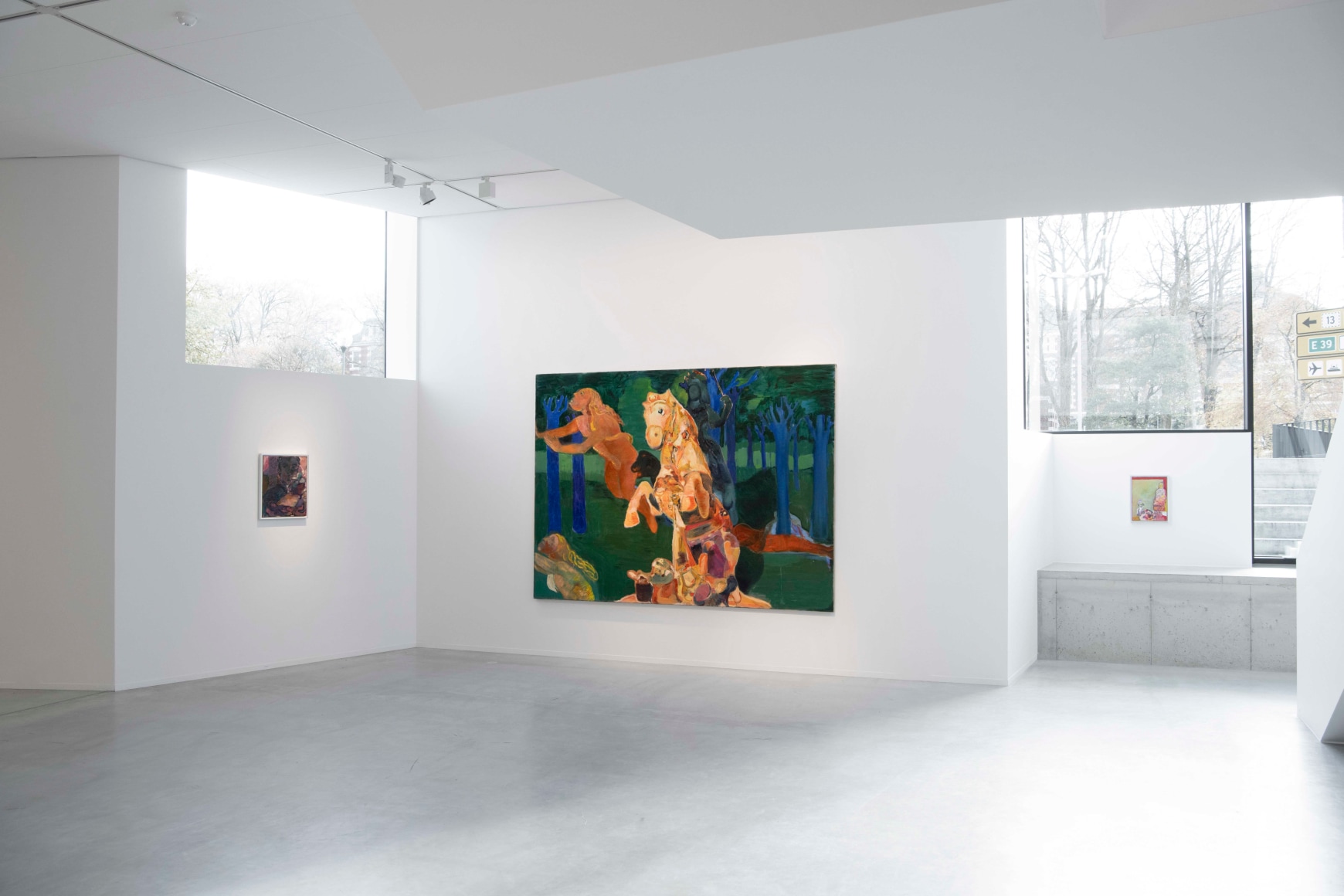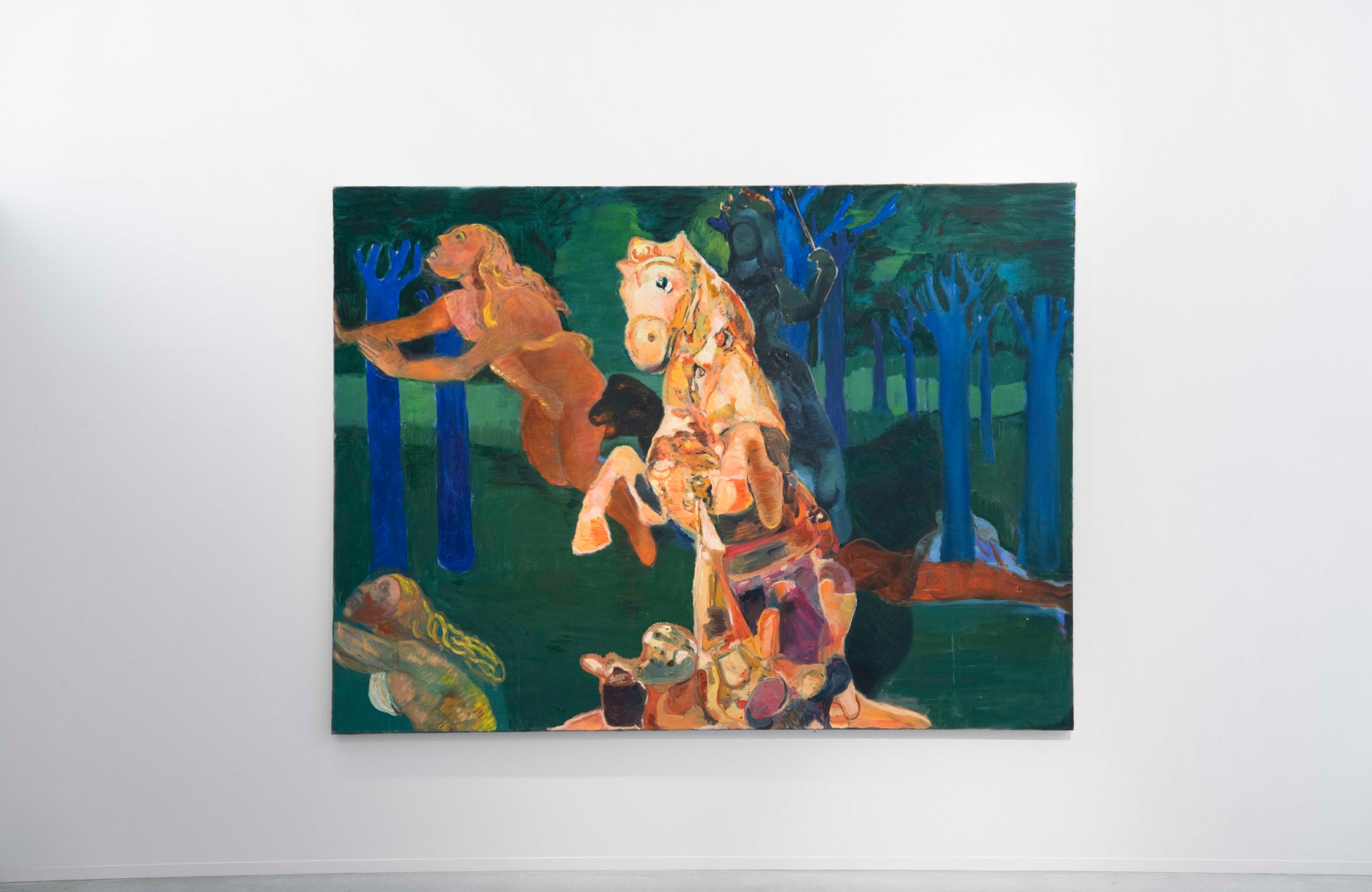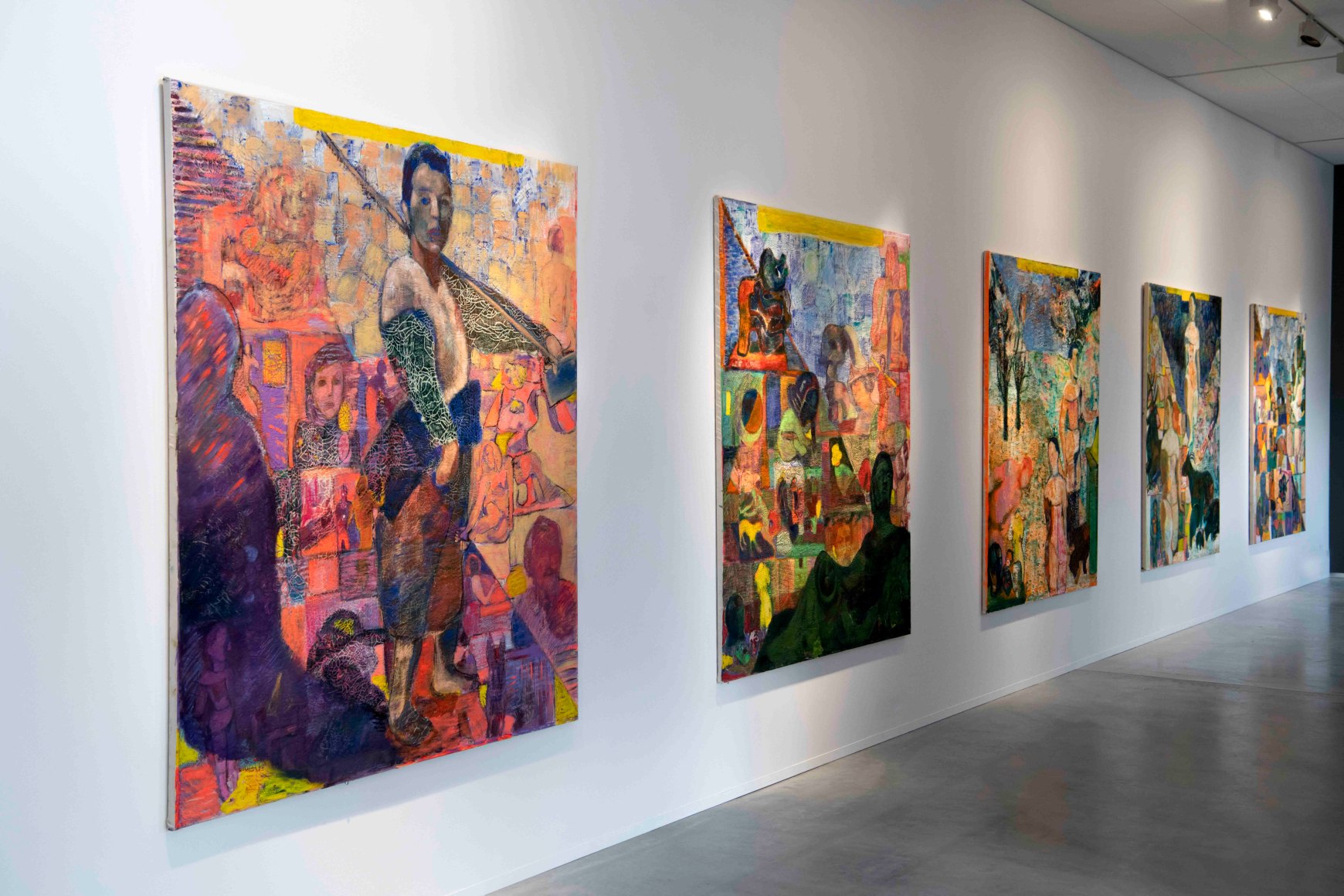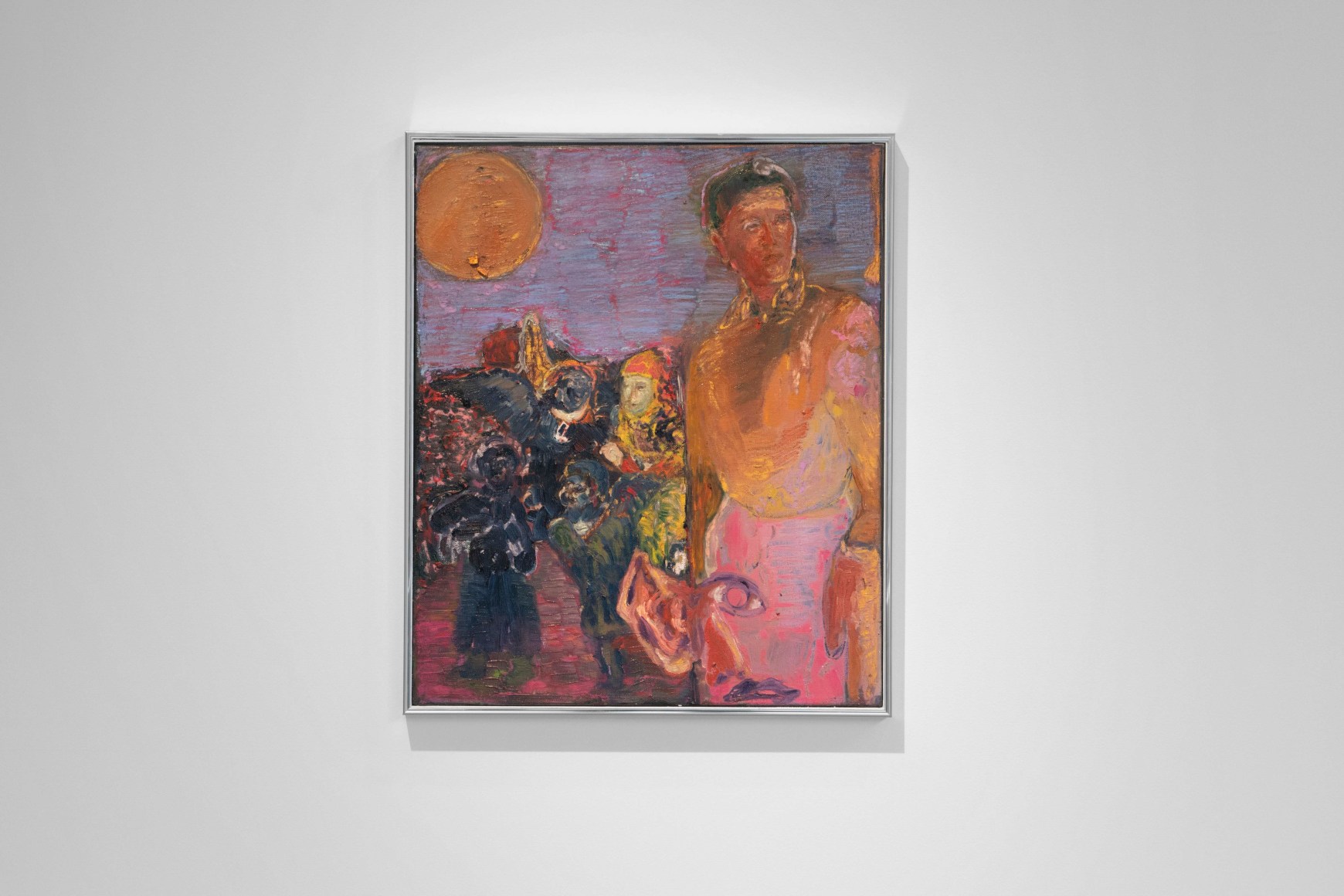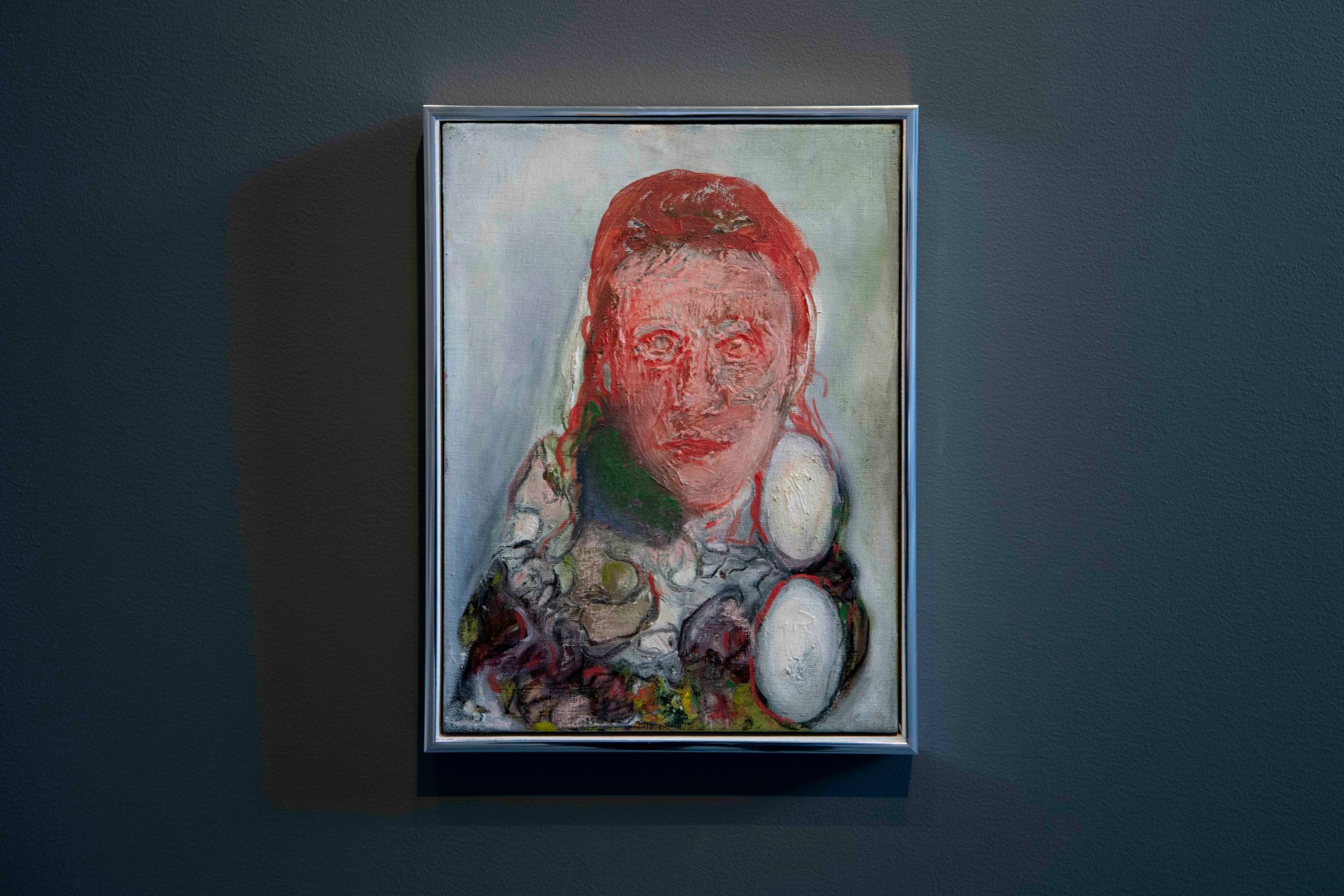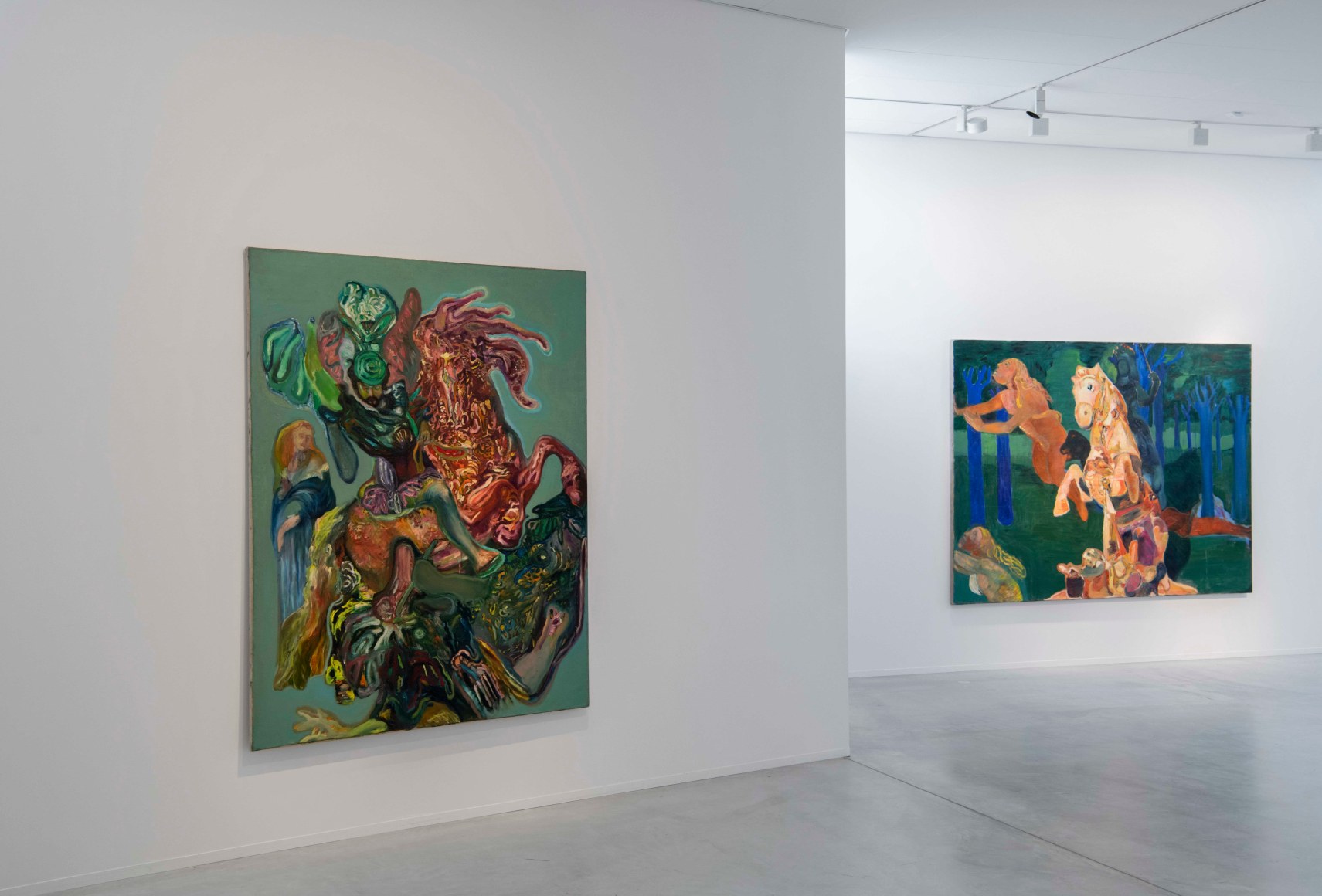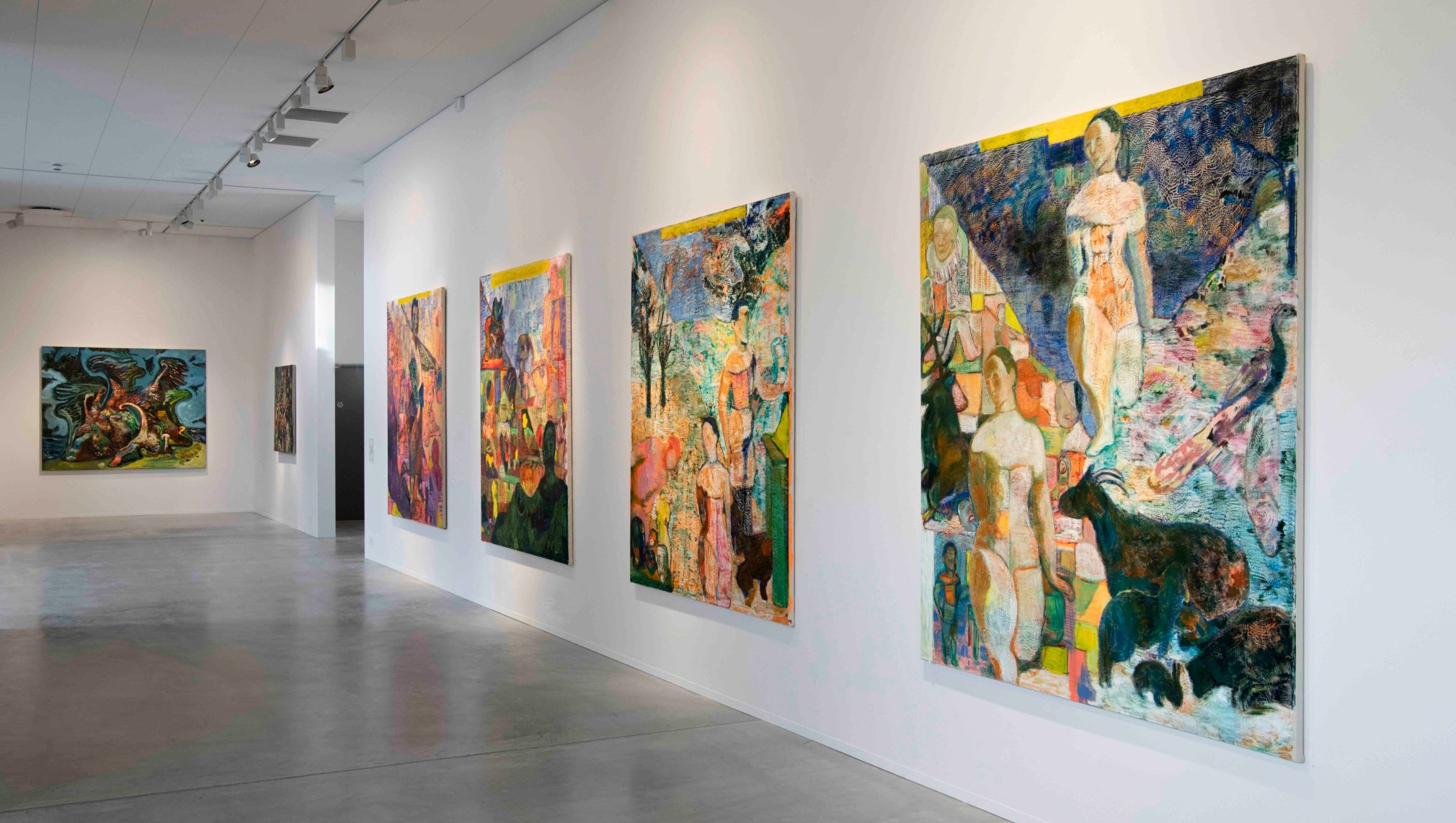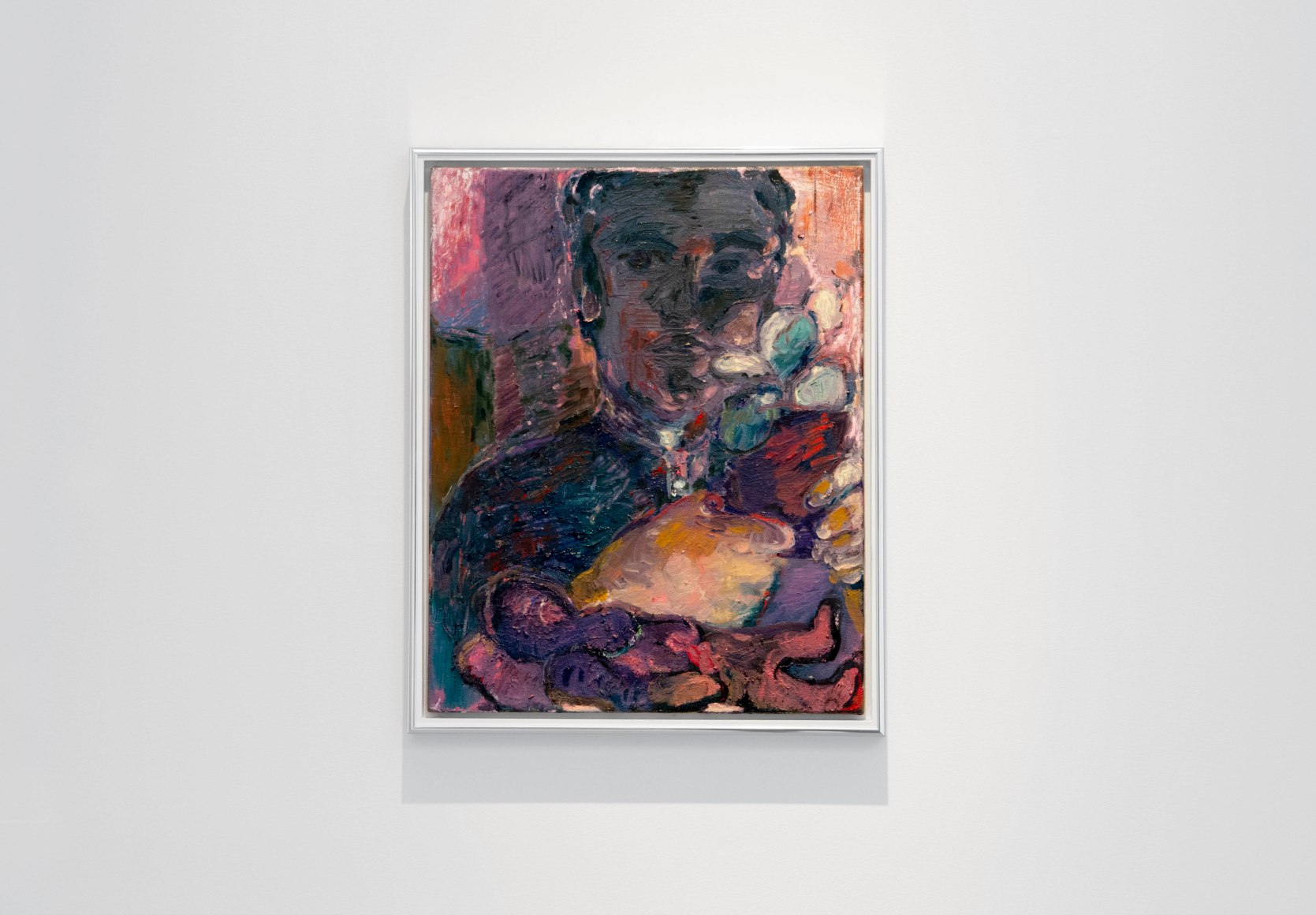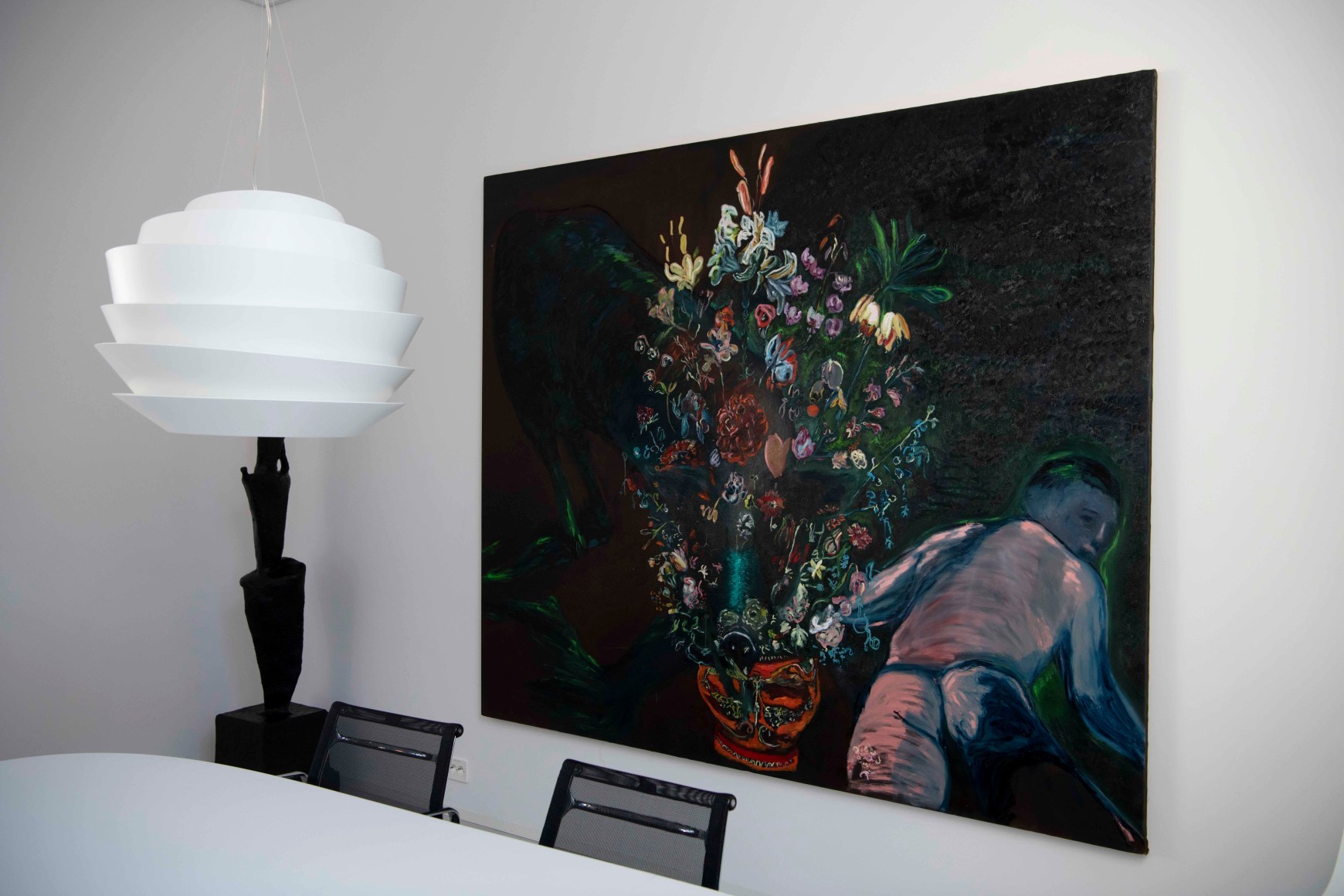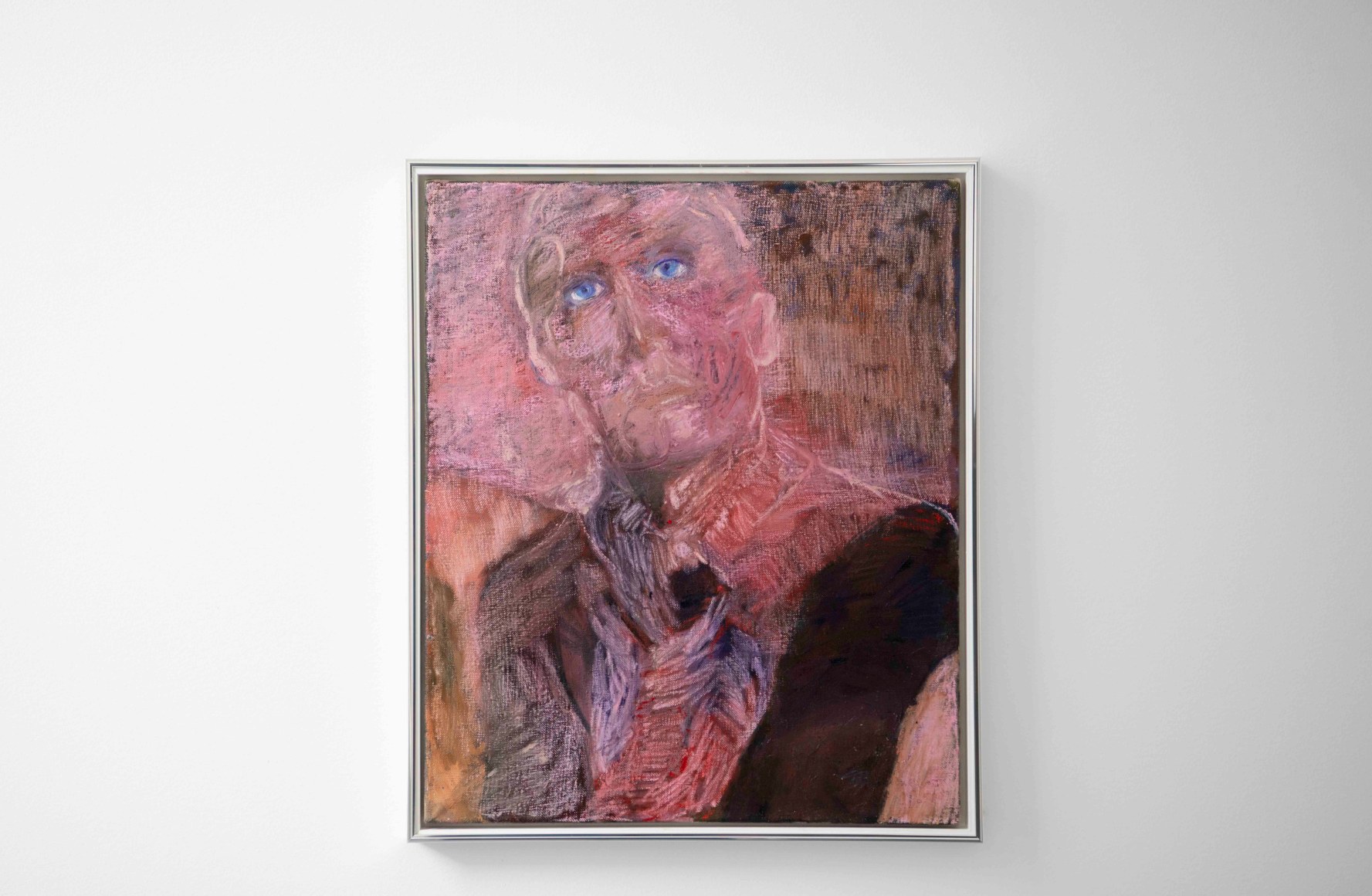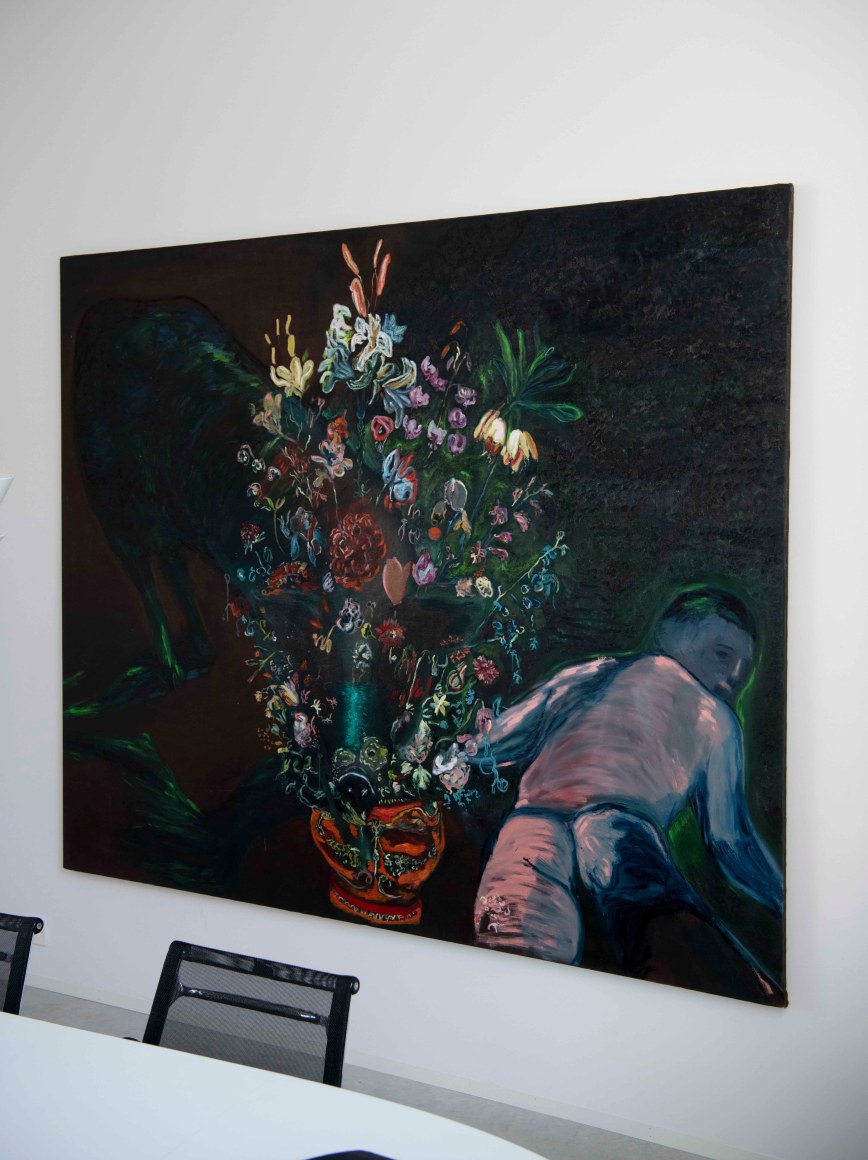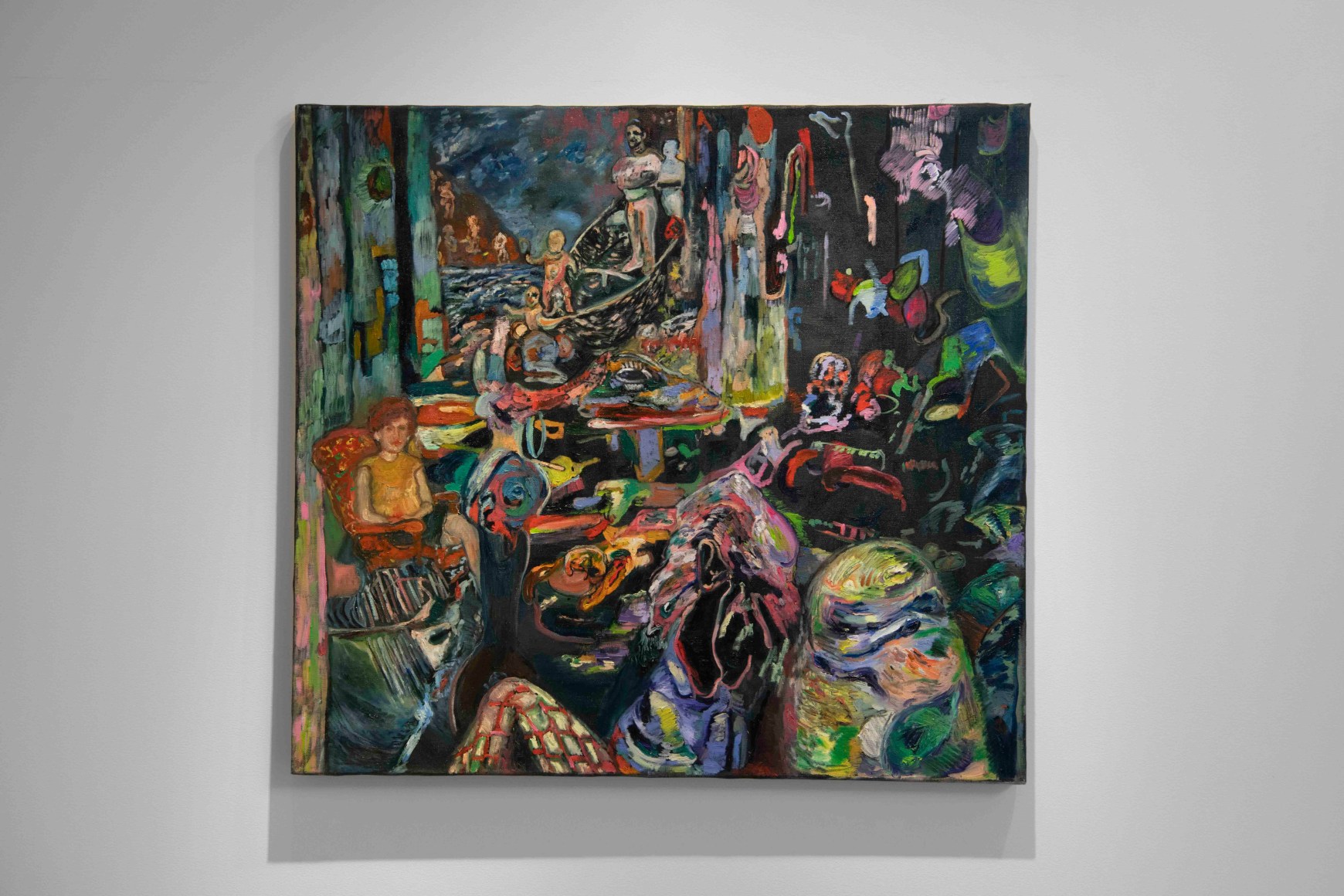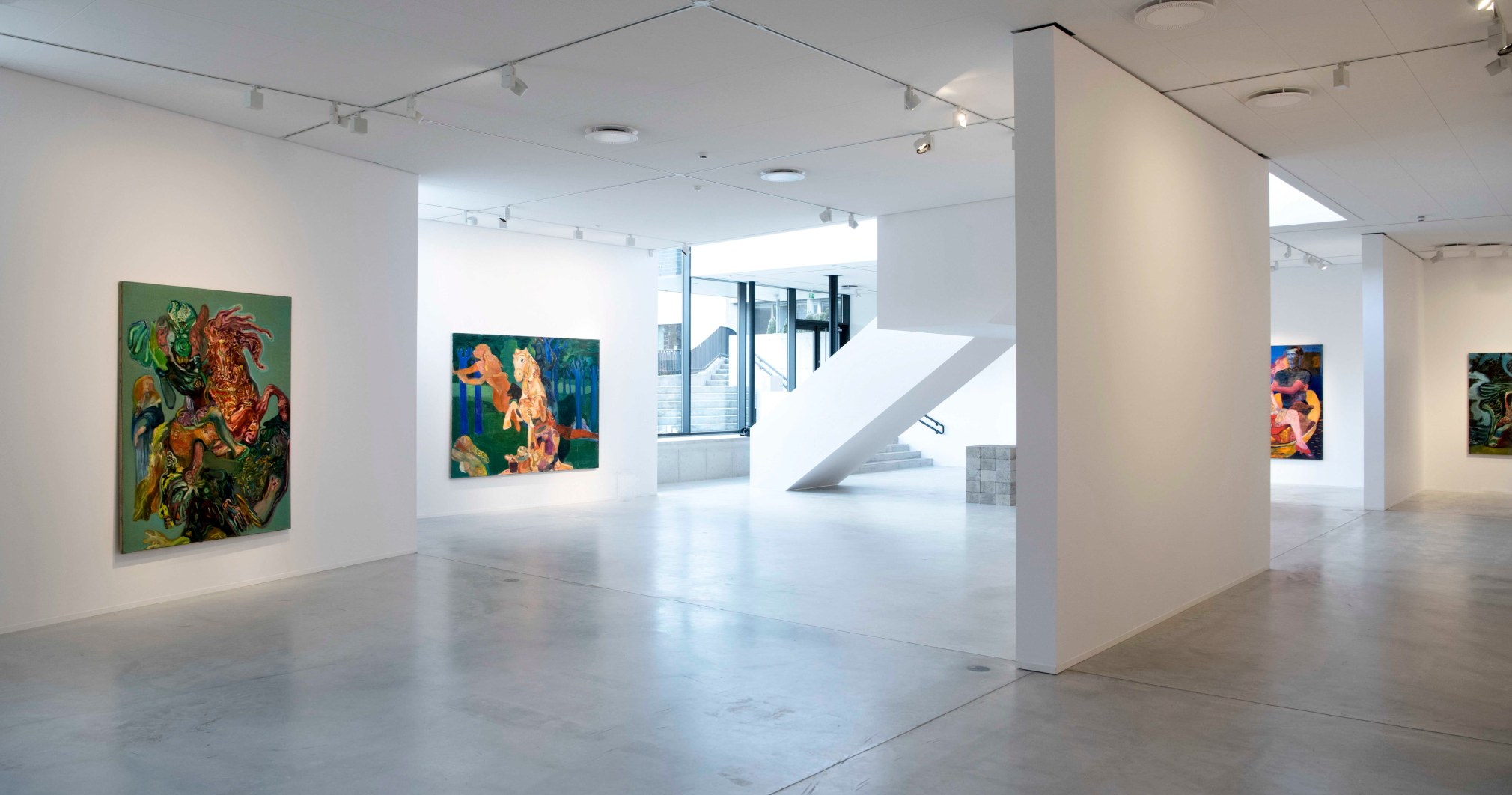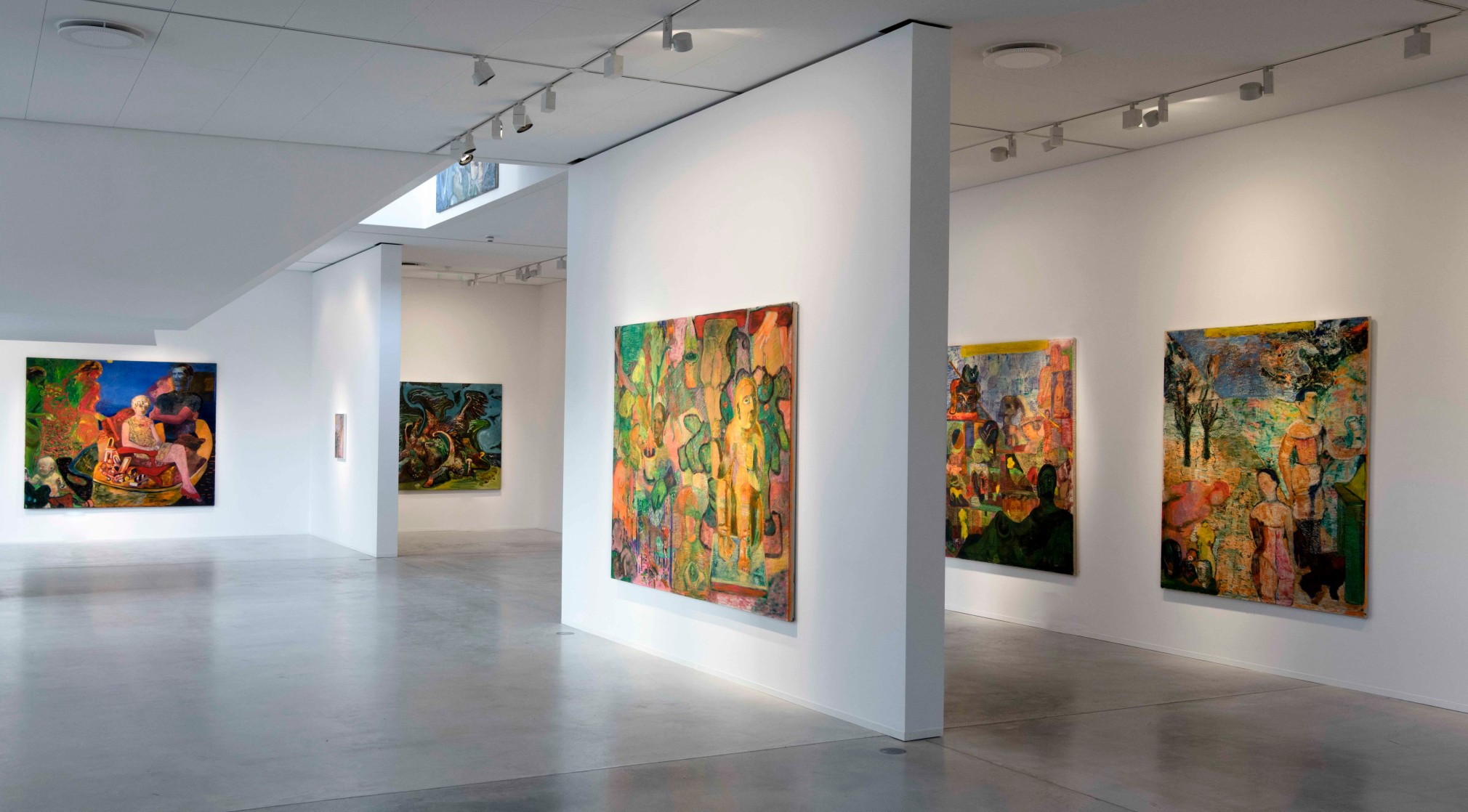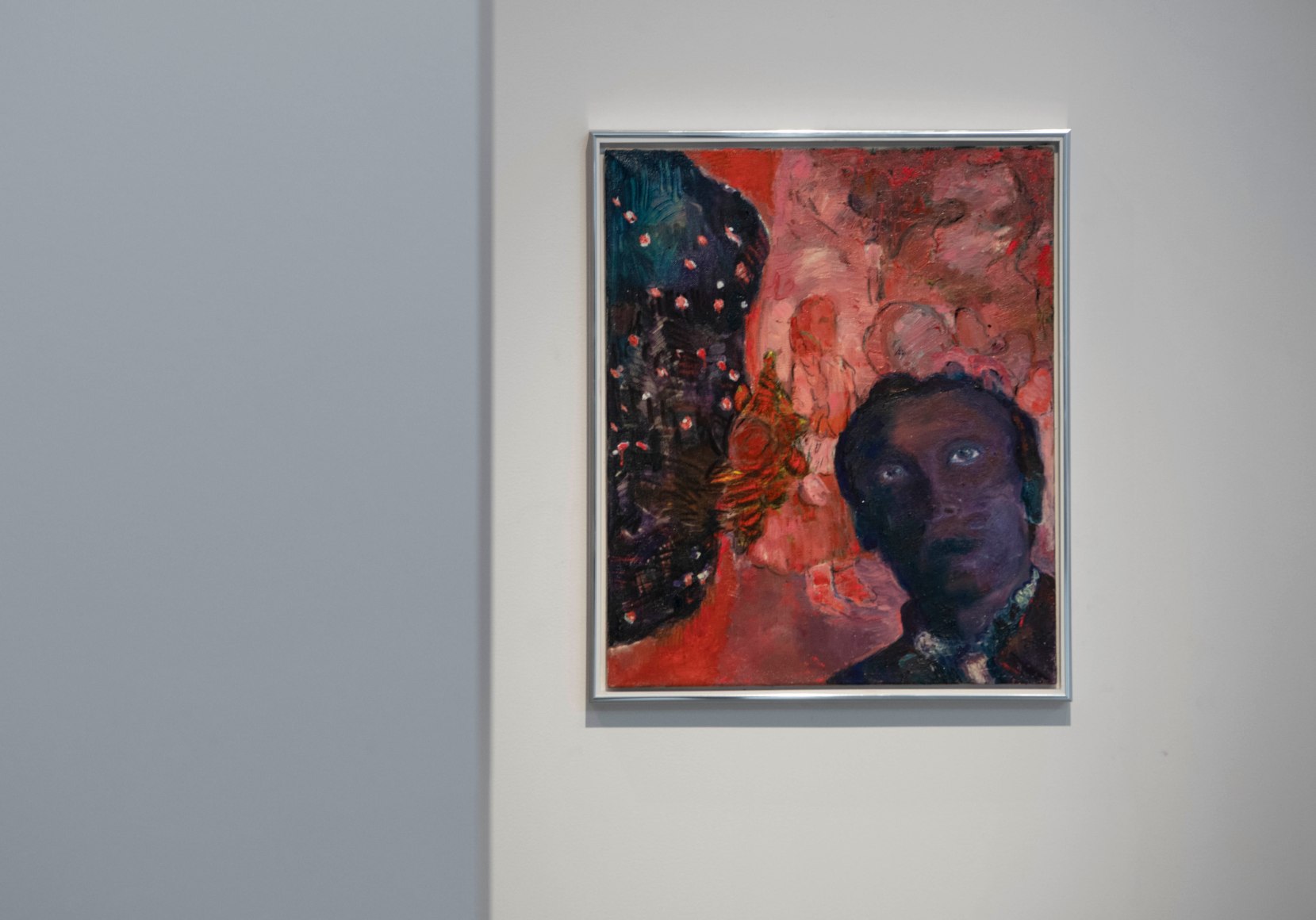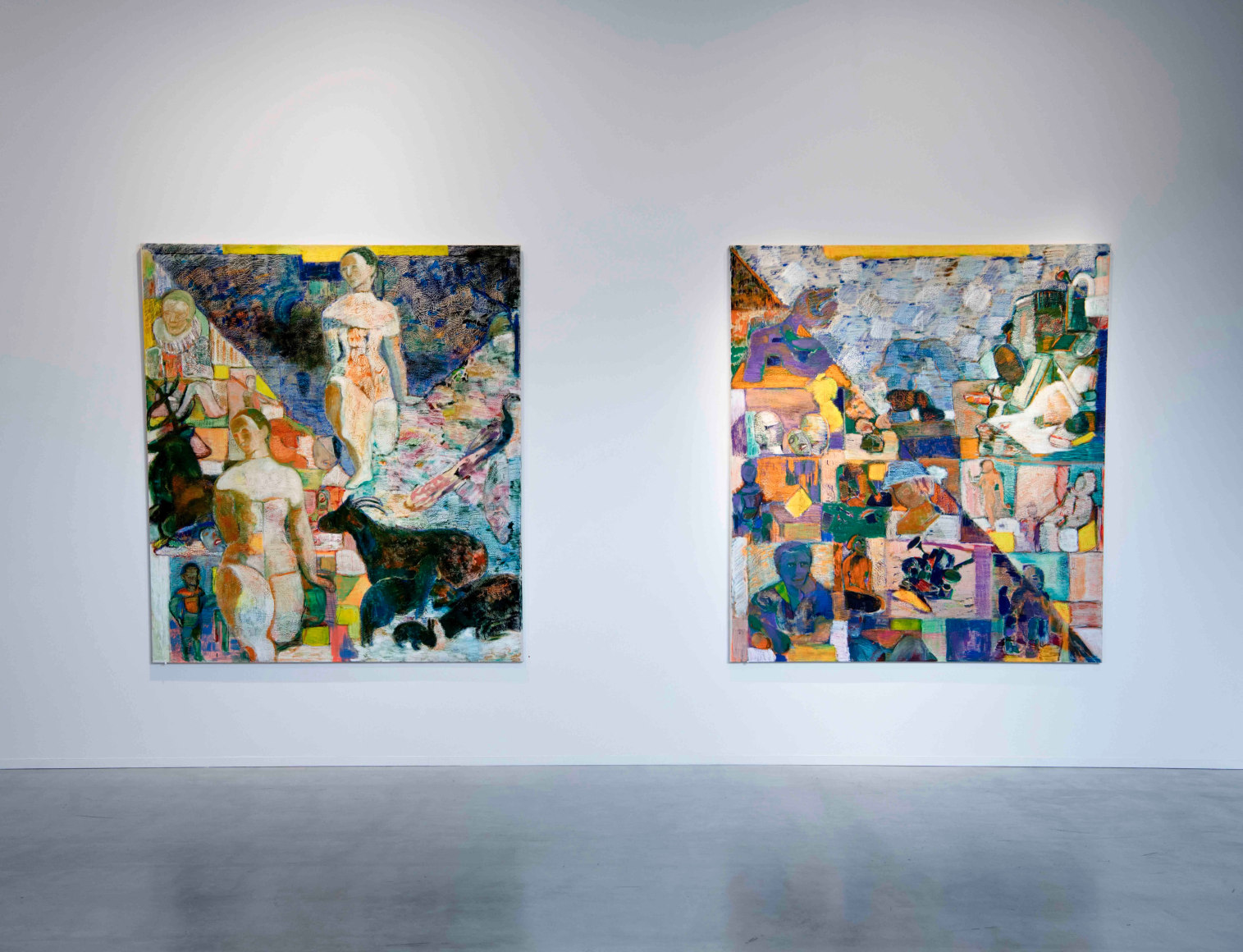It is with great pleasure that BGE Contemporary presents “The Babel of bric-è-brac”, our first solo exhibition with Italian painter Paola Angelini. The exhibition will open on Wednesday December 6 at 6 PM and consist of xxx paintings.
“The Babel of bric-è-brac” reviews Angelini’s journey as an artist; from her first paintings depicting landscapes on big canvases taken from her memories, to painting people as subjects while exploring the Venetian tradition of painting, her teachings by Norwegian artist Bjarne Melgaard, and recently focusing on objects as her subjects, allowing the canvas to develop into a bi-dimensional malleable surface.
The title of the show “The Babel of bric-è-brac”, is of French origen from the Victorian area and refers to objects with low value. The title has an an ironic connotation and which describes Angelini’s analysis of her own journey as an artist, imaginative archive of personal memories and a fragmented reality of art history which results in her distinct vision of the world. Thus the imagery displayed in Angelini’s paintings may be differently interpreted by spectators, and may result in “a babel of bric e brac”; objects without sense. Each spectator will have an individual point of view, and create their own personal relationship with her art.
The show is organized in two separate bodies of work. One part refers to storytelling; the painting are beautiful and evocative oil paintings, made up of atmospheres and lights, resembling a window on to the world. In the second series of paintings the canvas is prepared in a traditional way, for then to be broken and cracked. Different materials are used, and they are vibrant, overlapped and stratified, resembling a tapestry of a thoughts made out of objects. The objects painted are repeated in several of the art works, and they are no longer narrating; in the first series of work the artist uses the canvas to tell a story, while in the second series she researches painting as a form of language. When explaining her thoughts behind the two different bodies of work Angelini refers to Italian master Giorgio Morandi, “I always think about Morandi’s table in his study, where he used to place his bottles. The table itself was a masterpiece, a research area. It was a presentation of his thoughts made of images over time.”

